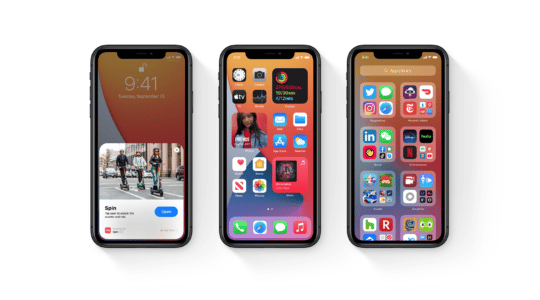
As someone who works in the advertising industry, I know that after I look at a pair of boots in an online store, I’m likely to see ads for those very same boots on dozens of other websites that I visit. I also know that after I email with my family about car insurance and/or paying off my car loan, I’ll see ads for insurance and car dealerships. Though these types of advertisements are different (the first is retargeting, and the second is contextual), they are both relevant.
Some have called these types of ads creepy, particularly the contextual ads in Google’s Gmail that rely upon the content of the user’s email messages to serve the most relevant ads possible. Contextual ads are placed on websites by advertisers hoping to match the keywords on the page to ads that will encourage the most engagement and conversions. Not surprisingly contextual ads are become more and more prevalent on the Internet, but interestingly they are also perceived as better ads by consumers.
A recent study by The Seattle Times found that 69 percent of respondents viewed advertising as valuable when the ads were relevant to the page content, compared with 36 percent that considered online advertising valuable in general. Also, in a study by Yahoo, contextually-relevant ads drew viewer attention faster and evoked stronger emotional responses than non-relevant ads. Yahoo says that when viewers fixate faster on ads it “…increases the chances that the ad will be stored in long-term memory and ultimately leads to higher recall.” The result? Yahoo says “When the intention is to emotionally and cognitively connect with the consumer at the highest level, contextual and personal relevance combined is most likely to elicit stronger responses than each on its own.”
This ultimately means that ads that elicit stronger reactions will lead to stronger brand awareness, and more conversions. It also means consumers – at least subconsciously – actually do prefer these types of ads. Google has been successfully including contextual ads in Gmail for a few years now, and today Yahoo announced new mandatory Terms of Service, which will allow them to include contextual ads in Yahoo Mail. This move, of course, did not go unnoticed by tech blogs, which reacted in force to the change.
As is the case with Gmail, Yahoo users can opt-out of seeing contextual ads, but they may not want to. While many ads are so irrelevant that they stand out and are annoying, that’s not the case with contextual ads. Contextual ads – particularly in email – are so relevant that they are either helpful (leading you to products or content you need), or they blend with the content of your email so well that you don’t notice them at all, creating an overall better user experience. Those Gmail and Yahoo Mail users who do opt out of contextual advertising will likely find their ads more obtrusive and less relevant, and will likely have a less desirable user experience.
While it’s obviously in the best interest of performance marketers for Gmail and Yahoo users to view contextual ads, it’s also in users’ best interests to understand that contextual ads in email can provide the most beneficial (and least annoying) ad experience possible.
What do you think about contextual ads in Email? Leave your comments below.
Author
Becky is the Senior Content Marketing Manager at TUNE. Before TUNE, she handled content strategy and marketing communications at several tech startups in the Bay Area. Becky received her bachelor's degree in English from Wake Forest University. After a decade in San Francisco and Seattle, she has returned home to Charleston, SC, where you can find her strolling through Hampton Park with her pup and enjoying the simple things between adventures with friends and family.




[…] Why Contextual Ads In Email Are Not a Bad Thing, HasOffers […]
[…] As someone who works in the advertising industry, I know that after I look at a pair of boots in an online store, I’m likely to see ads for those very same boots on dozens of other websites that I … Read this post » […]
Hi,
Thanks for useful publishing, i learn lot of new information this blog.
http://techhowdy.com/livemixtapes-mobile